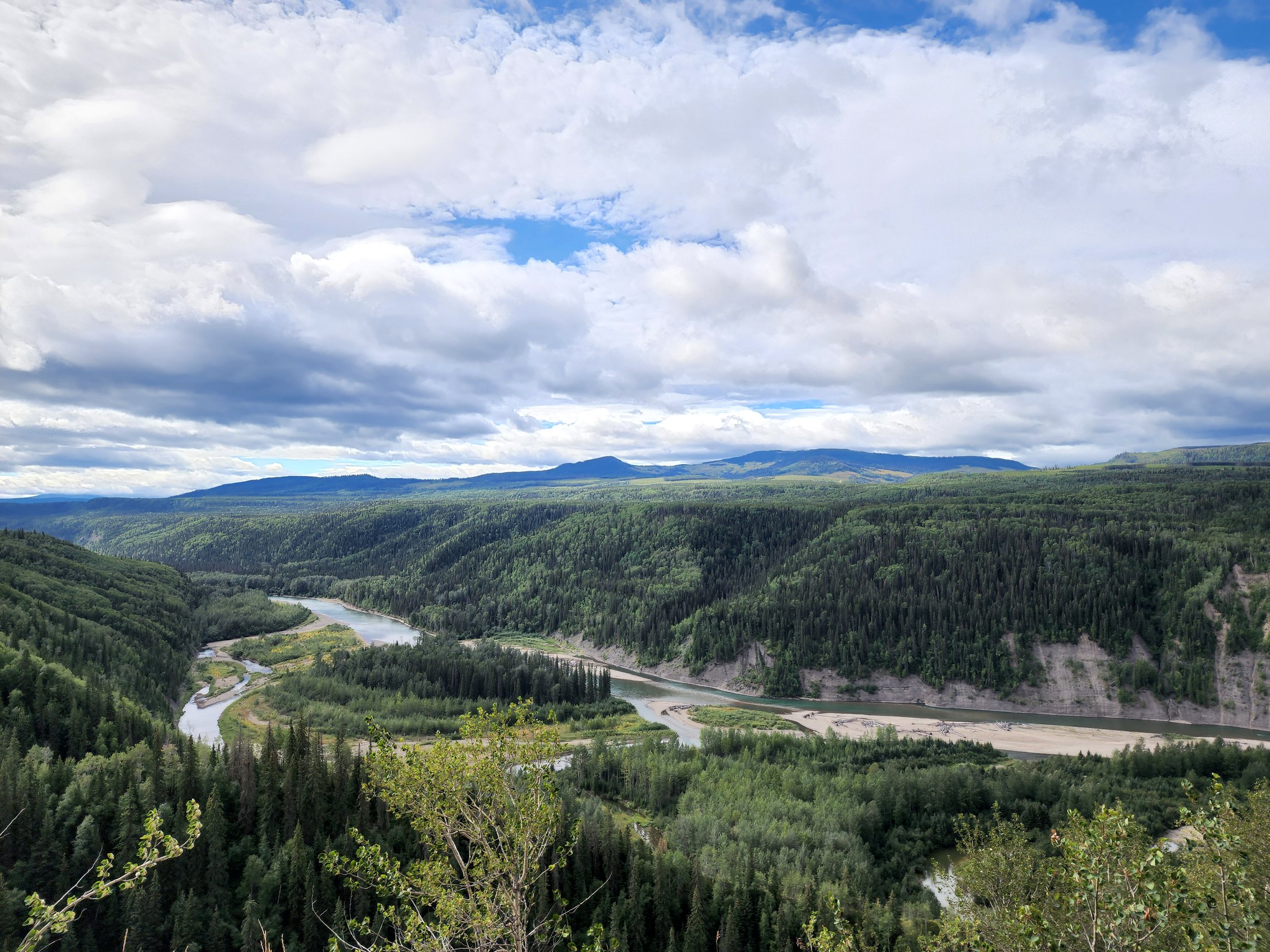DFO
Request for Review
This page is intended to provide proponents, practitioners, and resource proffesinals with an overview of the Department of Fisheries and Oceans (DFO) Request for Reviews (RFR) process and the considerations that should be reviewed prior to project submission.
Working for You!
One of our goals at RCH is provide our clients, partners, and collaborators with the resources and tools necessary to complete projects effectively. We have developed this page to provide guidance for DFO RFRs with the aim of providing meaningful tips for proactive planning.
1. Overview
What is a DFO Request for Review?
A Department of Fisheries and Oceans (DFO) Request for Review (RFR) involves submitting detailed information about a proposed project, including the steps taken to prevent or reduce impacts on fish and fish habitat. This submission outlines project specifics, describes the aquatic environment, and lists the avoidance and mitigation strategies planned. It also addresses any other potential project effects. After submission to the DFO Fish and Fish Habitat Protection Program, the RFR is reviewed by DFO biologists to confirm whether the project complies with the Fisheries Act or if further authorization under the Fisheries Act or a SARA permit is necessary. The proponent receives a letter from DFO with the outcome of this review.

TIP #1
Apply early! This means submitting your Request for Review between October and February. This gives DFO time to review your files and ask for any clarifications.
-
To assess whether a project will impact fish or fish habitat
To ensure compliance with the Fisheries Act, which prohibits activities causing serious harm to fish or altering, disrupting, or destroying fish habitat without authorization
-
If a project involves work in or near water that could affect fish or their habitat.
Examples include construction of watercourse crossings, dredging, shoreline stabilization, or water withdrawal.
-
Project details and location.
Plans, maps, or drawings.
Description of potential effects on fish and habitat.
Proposed mitigation measures
-
May cause serious harm to fish
May require a Fisheries Act authorization.
Complies with existing regulations and guidelines.
-
No Further Review: The project proceeds if it meets standards and has effective mitigation measures. Letter of Advice (LOA) provided
Further Action: If potential harm exists, DFO may require more detailed review, SARA permit, or an application for authorization under the Fisheries Act
-
Implement measures to avoid, mitigate, or offset harm to fish and fish habitat.
Adhere to DFO guidance documents like the Measures to Protect Fish and Fish Habitat, LOA
-
The review process duration varies based on the complexity of the project and the completeness of the submission. APPLY EARLY
2. Key Steps
The DFO Request for Review provides a structured process for DFO to assess the potential impacts of project activities on fish and fish habitat. The steps listed on the left side of the page outline the key stages and general process that both DFO and the proponent will follow during the submission and approval of the RFR.

TIP #2
Before you submit your RFR make sure that you have identified any aquatic species at risk that may be impacted by your project.
3. RFR Components
It is important to clearly understand the expectations and requirements when submitting your RFR to ensure an efficient project review and approval process. If project details are unclear or information is missing, DFO will issue information requests (IRs), which can delay the process and increase costs. To avoid this, ensure your RFR submission includes all necessary information and relevant documents.
-
Be aware of and understand any restricted activity periods related to your project. DFO will verify that you have considered this and implemented the appropriate mitigation strategies.
Submit your Request for Review early, ideally between October and February. By submitting early you ensure adequate time for review before the construction season. if Possible DONT WAIT UNTIL SPRING.
-
Accurate, descriptive, and framing of photos is key. Photos for RFR submission need to clearly show site characteristics and what type of fish habitat is present and potentially impacted.
-
When submitting a RFR having a well thought out project design and engineer drawing is important. DFO review staff should be able to look at the design, photos, and description and have a clear picture of what is taking place as well as proposed mitigations.
-
In your RFR clearly lay out how much disturbance area is required for your project. Break down your project area disturbances into individual components (i.e. Temporary disturbance, permanent disturbance, in-water work, riprap, riparian clearing), be specific.
-
species at risk plans: Know if you project crosses critical habitat identified by DFO. If your project does cross critical habitat understand and read the recovery strategies associated with the impacted species. Know the functions, features, and attributes associated with that species , include how are you mitigating for these

TIP #3
When you submit your RFR include as attachments, RFR form, fish and fish habitat reports, proper photo documentation of existing habitat, design or engineer drawings of the project, approximate areas of disturbance
Have questions? We’re here to help. Let’s connect!
Next Steps
If you're unsure whether your project requires a Request for Review or would like assistance in completing the Request for Review form and necessary documentation, we're here to help. Please complete the Request for Review screening tool below and send it back to us. This will allow us to determine how we can best support you.

